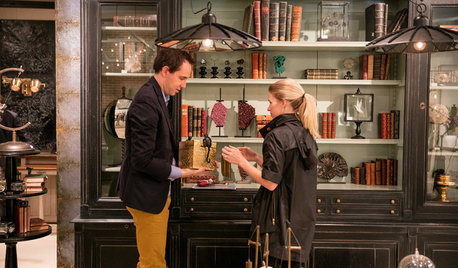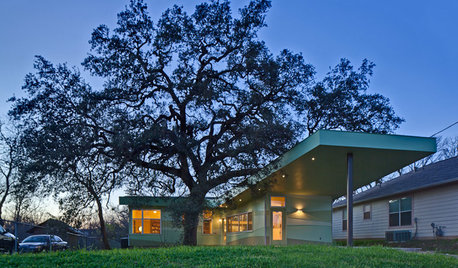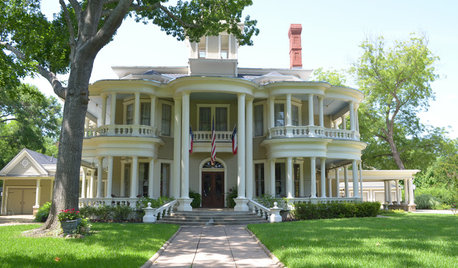Thoughts From The Belly size>
copyright April 2006
By: Dan Mays Ironbelly1@aol.com
size>
One of my guiding principles in life is: You have to circulate to percolate. In other words, you never know where or from whom you will find inspiration. As many of you may know, I often portray IowaÂs favorite son, Buffalo Bill Cody. He would have been 160 years-old this past February 26, 2006. I was again depicting Colonel Cody at a birthday party held in his honor. A reporter took me aside for a brief interview and asked why I take the time and effort to portray him  what is there that draws me to him? I know this is going to sound weird but sometimes words just float out of my mouth and I am left wondering where they came from.
I responded to the reporterÂs query by talking about my gardens. I told her that I wanted to insure that the rich cultural heritage of goodness from this diverse area is not lost before we are able to impart these riches to our youth. I gave the examples of the native prairie plants that I grow in my gardens. Without a doubt, the Great Scout himself surely had more than a modicum of reliance upon the native compass plant that stands well-over eight feet tall. Most certainly, he was well aware that the leaves of this plant can be depended upon to align themselves north to south.
Many diaries and journals of pioneers crossing the tall grass prairies in the early 1800Âs spoke of traveling through stands of grass so tall that men on horseback had to stand up in their stirrups just to see over the grasses. What were they looking for? Often it was the compass plant  the bright yellow blooms of which grew taller than the surrounding grasses. Oftentimes, a bright strip of cloth was tied to the flower stalk to mark a trail. The oceans had light houses to assist with navigation. The prairies had compass plants.
I have taken to growing a number of different prairie natives because I feel compelled that we must. We have a responsibility to celebrate the heritage and goodness by which this portion of good earth came to be. As a side benefit, we are able to harvest a bounty of beauty; an innate quality of plants that have been largely forgotten.
Many of us cruise the nursery centers looking for something new and different. I plead "guilty" with everyone else. Yet, only last year, I discovered something truly different, vexingly beautiful and ever-so-old growing in a local prairie remnant. Show someone yourHoary Puccoon (Lithospermum canescens) and you will have something to cause bewilderment for even the most sophisticated plant snob. Although this native prairie plant is virtually unknown today, it used to mesmerize settlers. It can still mesmerize folks in the 21st century if we will only discover, embrace and most importantly, plant a part of our heritage.
IÂm sorry I have grown weary of plant breeders trying to cram more and more petals into a bloom. Compared to the simple elegance of a {{gwi:1001350}}, some of these laboratory creations are so stuffed with petals that they look more like a bucket of dew worms than a flower. We are prone to fawn and ogle over the latest All-American Plant selections but fail to pay notice to the patch of wild roses growing in the ditch just off of the main highway. When one sees these in full bloom, just after sunrise whilst the dew still lingers, it is no wonder that it captured the hearts of settlers, who made it our state flower. Yet, how many of us grow even a single wild rose?
As Iowans, we should all be growing our state flower, if for no other reason than the wonderful symbolism and story behind it. I grow it as a tribute to my lovely wife, Cyndia; just as our forefathers also selected this plant as a tribute to the women in their lives. Especially with the westward expansion of this country in the 1800s, frontier men began to see women as a partner rather than just a possession. Iowa became a state in 1846. The men who settled this land came to learn that their very survival depended heavily upon the woman at their side. Quite frankly, without her, the odds were not very good. The men of Iowa placed a far greater value on their women than was traditionally found back east. When the question of a state flower came up before the state legislature in 1897, the legislators (all men at that time) decided they had better defer this decision to the ladies. They requested advice from the State Federation of Women's Clubs. Only after receiving approval from the women did the men proceed to name the wild rose as IowaÂs state flower.
I truly believe it is important that we celebrate and embrace our horticultural heritage. Why in the world should we defer to the European standards of flower symbolism? Personally, I find the symbolism in the above Iowa story far superior. We have been taught by the Europeans that a rose by any other name is still a rose. That may be true. However, in the state of Iowa, a wild rose symbolizes so much more.
Flower Image courtesy of the Santalady













maryamatney
whatcheer
Related Discussions
narcissus Rijnvelds Early Sensation April 1, 2006
Q
February 2006 Thoughts
Q
March 2006 Thoughts
Q
Thoughts From The Belly - December 2006
Q
hawki
diannp
mysterypoodle